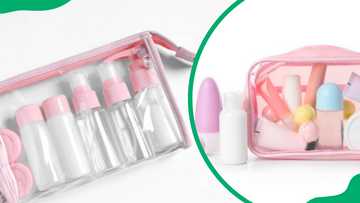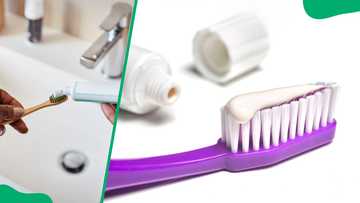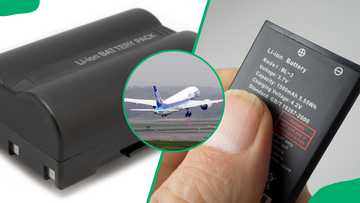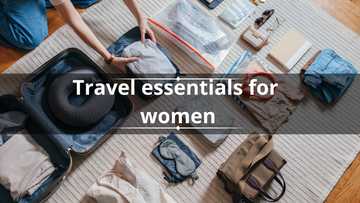Can you bring aerosol on planes? Packing and safety guidelines
Many items face restrictions and sometimes bans on flights to ensure the aircraft is safe and secure. Aerosols are common items that can pose safety hazards if passengers fail to follow the set regulations. This comprehensive guideline sheds light on how to pack if you are planning on bringing aerosol on the plane.
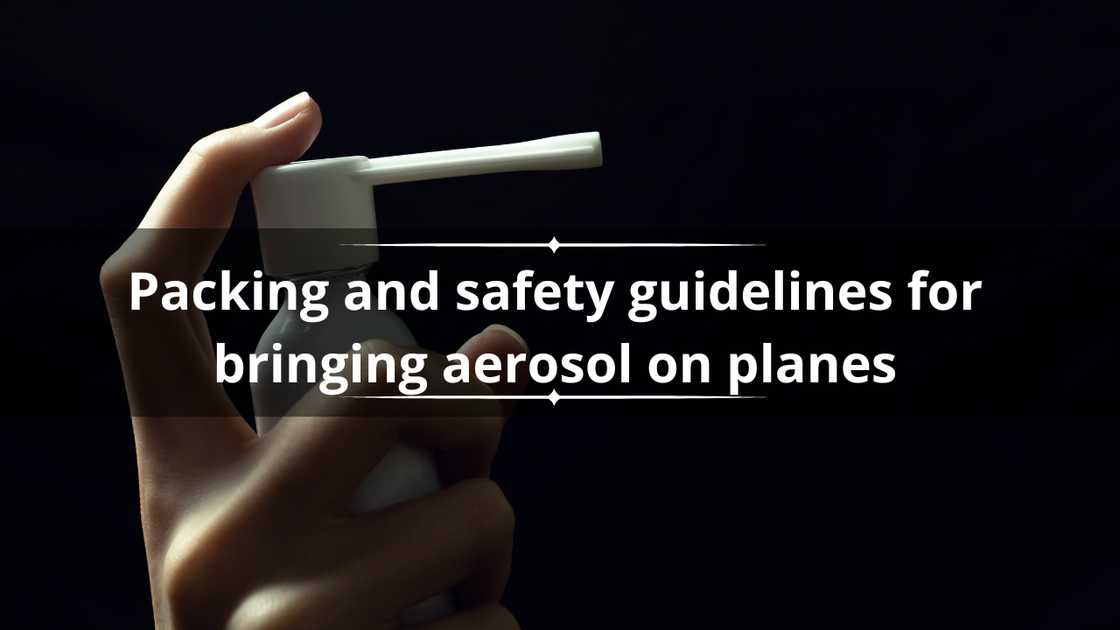
Source: Getty Images
TABLE OF CONTENTS
Aerosols refer to products that are packaged in pressurized containers and released as a fine mist or spray. Common examples include hairspray, deodorant, shaving creams, air fresheners, medical inhalers, and insect repellent. Airlines usually check passenger bags before allowing aerosol on planes.
Can you bring aerosols on a plane?
Aerosols are generally allowed on planes, but there are restrictions. The items are considered safe for the cabin or cargo hold if basic safety rules are followed. Some airlines or countries might have additional regulations, but the general emphasis is on the size, quantity, packing bag, and flammability of the product.
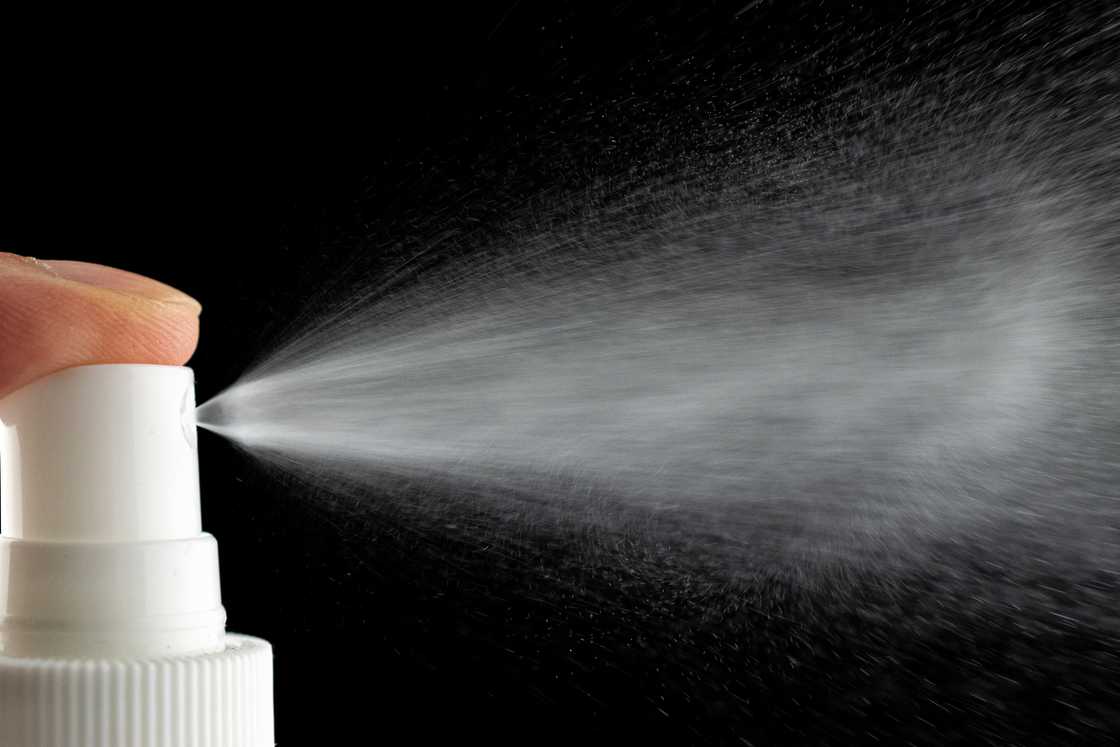
Source: Getty Images
What are the rules for aerosol luggage?
Airlines categorize aerosols as liquids, and the regulations are different for carry-on bags and checked bags, as highlighted;
Carry-on bags
If you are travelling with the aerosol in carry-on bags, you must ensure that each container is not more than 3.4 ounces (100 ml), according to ICAO (International Civil Aviation Organization), which is the standard-setting body for the UN.
You must also ensure that all containers fit in a single, clear plastic and quart-sized resealable bag. The bag’s capacity should not exceed 1 litre, and each passenger is only allowed one such bag.
Checked bags
You can pack large containers in checked bags, but each container must not exceed 500 ml. Always ensure that spray valves are protected to prevent accident release during flights. The total volume of all aerosols must not exceed 2000 ml.
In case you have containers that do not meet the regulatory requirement, airport security usually confisticates them at the screening point. The cans are later destroyed.
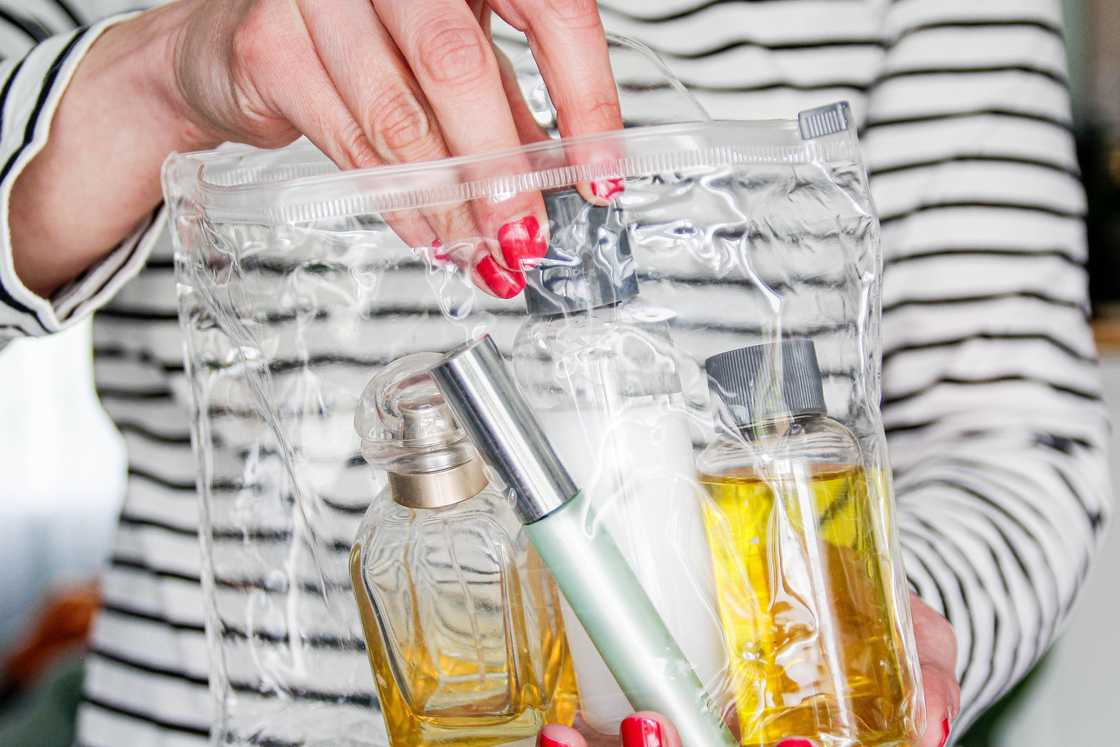
Source: Getty Images
Why are aerosols regulated on a plane?
Airlines regulate sprays carried to planes because of the following likely safety risks;
- Explosion risk: The products are packed in pressurized containers, and changes in cabin pressure during flights can lead to an explosion. This scenario is dangerous for both the passengers and the crew.
- Fire hazard: Certain aerosols have flammable propellants, which can pose a fire risk in the event of a leak.
- Security concerns: These products can potentially be used to create improvised explosive devices (IEDs) by terrorists. Restrictions were put in place to help mitigate these security threats.
Which aerosols are allowed on a plane?
Aerosol cans allowed on a plane typically include;
- Personal care products/toiletries, including deodorant cans, hairspray, sunscreen, shaving cream, perfume, shampoo, and lotions
- Medical items like inhalers, but ensure you have the medical prescription
- Insect repellants that are sprayed directly on a person’s skin or clothing. The repellant will not be allowed if it is designed to be sprayed in the air or at the insect, according to the TSA (Transportation Security Administration).
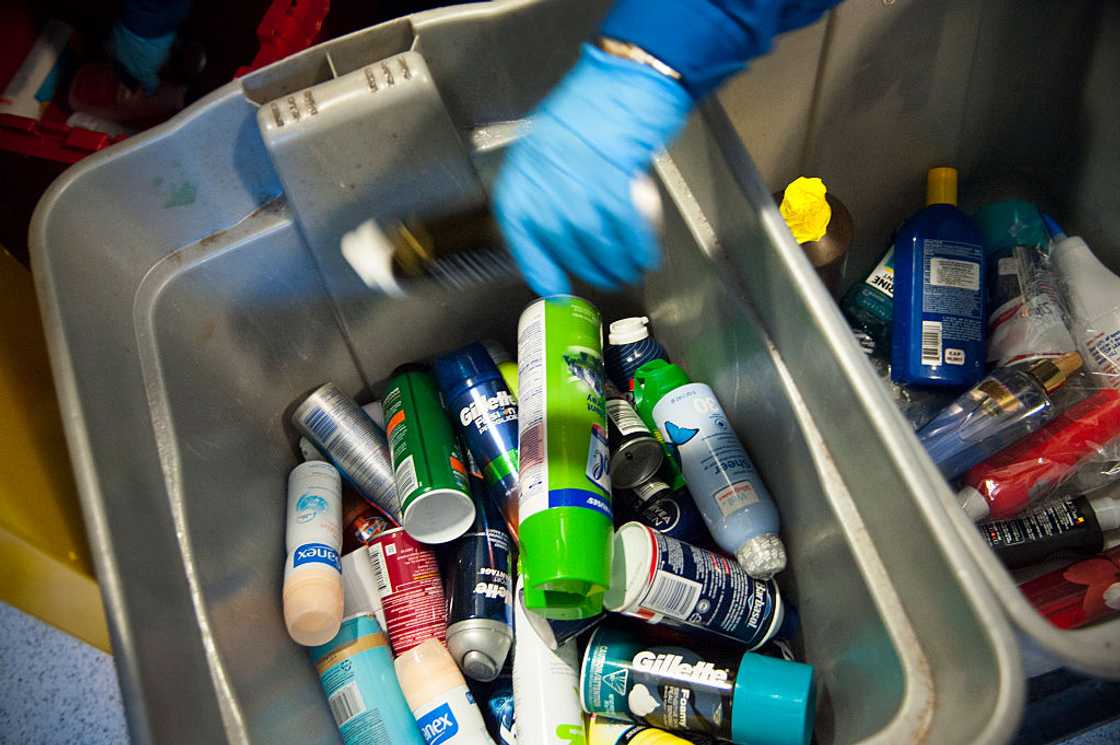
Source: Getty Images
Which aerosols are banned on a plane?
Most airlines completely prohibit the following products in both carry-on and checked bags;
- Spray paint because it is highly flammable and explosive
- Self-defense sprays like pepper spray or tear gas
- Cooking spray since it contains flammable propellants
- Insecticides or bug sprays that are labelled hazardous
- Lysol sprays because they have restricted chemicals
- Spray oils or aerosol lubricants like WD-40 due to their flammable and volatile nature
- Flat tyre repair spray as it contains dangerous materials
- Disinfecting sprays
Aerosols packing tips
If you are flying with aerosol, consider these packing tips for travellers;
- Choose products that are available in small sizes to comply with airline security rules.
- Ensure all containers are tightly sealed with caps or protective covers to prevent accidental discharge.
- Use hard containers to prevent crushing or damage
- Keep personal care items together for easy access during security checks
- Ensure the containers are clearly labelled to avoid mishandling
- If you are not sure if the spray you have is flammable or not, it is best not to carry it
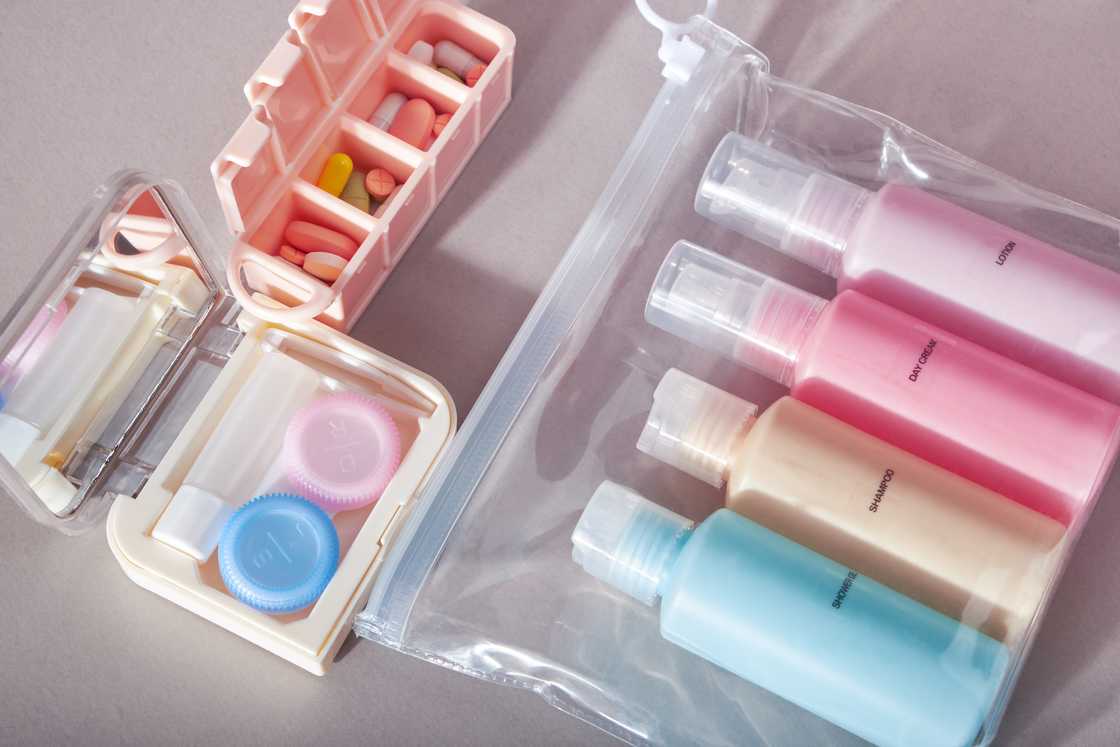
Source: Getty Images
FAQs
When preparing for air travel, it is important to understand the regulations. Below are some of the frequently asked questions about aerosol spray on planes;
Will aerosols explode on a plane?
It is highly unlikely for aerosols to explode on a plane due to the regulated pressure and temperature in the cabin and cargo hold. However, they may pose a safety risk, which is why flammable aerosols are prohibited, and the ones allowed must be packed according to the set regulations.
What is the 3-1-1 liquids rule?
The 3-1-1 rule is a guideline set by the TSA for carrying liquids in your carry-on luggage when flying. It mainly applies to toiletry/personal care items;
- 3: Each liquid must be in a container of 3.4 ounces (100 ml) or less.
- 1: All containers must fit into one clear, quart-sized, and resealable plastic bag.
- 1: Each passenger is allowed only one such bag.
Can you put aerosol bug spray in checked luggage?
Bug repellants that are applied directly to the skin or clothes are allowed. The insecticide is completely prohibited if it is designed to be sprayed in the air or at the insect.
Can you take aerosol sunscreen on a plane?
You can take aerosol sunscreen on a plane as long as it is within the packing limitations. The sunscreen should not exceed 3.4 ounces and should be packed in a clear quart-size bag.
Can you take aerosol hairspray on a plane?
Hairsprays are allowed on planes. Ensure the container you carry does not exceed 100 ml and should be placed in a quart-sized releasable bag before being placed in your carry-on bag.

Source: Getty Images
Adhering to the above rules for aerosols on planes is crucial for your safety and those of other passengers. Before you pack for your flight, always remember to check airport and airline regulations to avoid travel disruptions.
DISCLAIMER: This article is intended for general informational purposes only and does not address individual circumstances. It is not a substitute for professional advice or help and should not be relied on to make decisions. Any action you take based on the information presented in this article is strictly at your own risk and responsibility.
READ ALSO: Travel essentials for women: Packing tips for stress-free trips
Briefly.co.za shared a list of travel essentials and packing tips for women. It can be stressful when trying to pack important items without overpacking.
The idea is to pack smart for a stress-free trip. Check the article for more enlightening tips on what to carry on your next vacation or business trip.
Source: Briefly News



